Sead Pod offers grassroots solution to air pollution and global warming
Inhabitat - Innovation
NOVEMBER 5, 2019
Gardening should be good for the environment, adding oxygen to the air, nutrients to the soil, and filtering water for consumption. But plastic and toxins have become ubiquitous, leaving the home gardener to make intentional choices about which products to use.





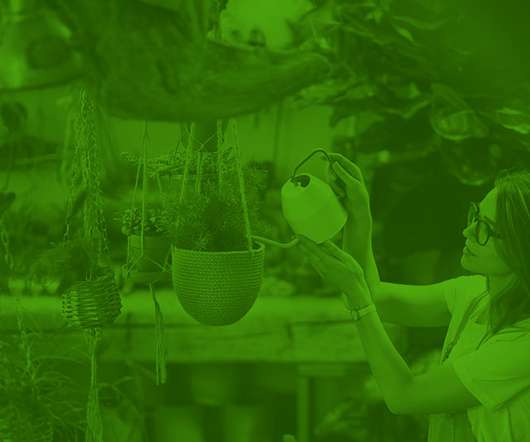
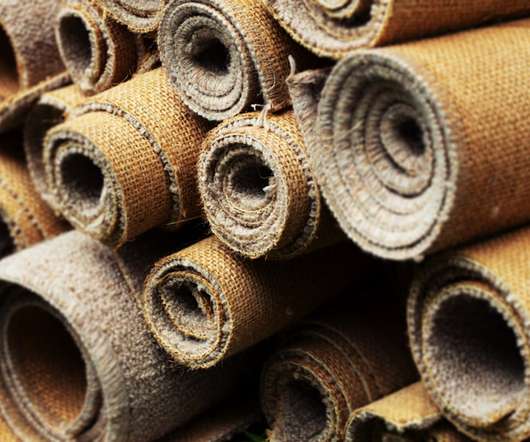

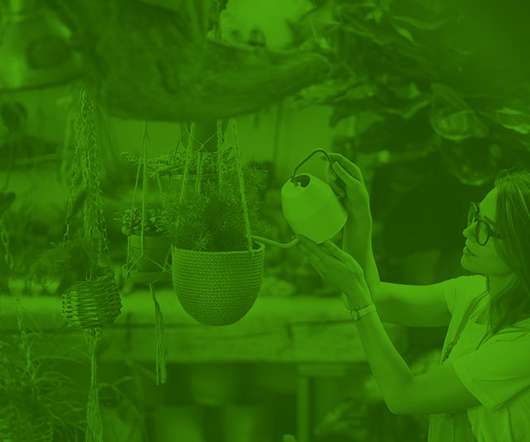




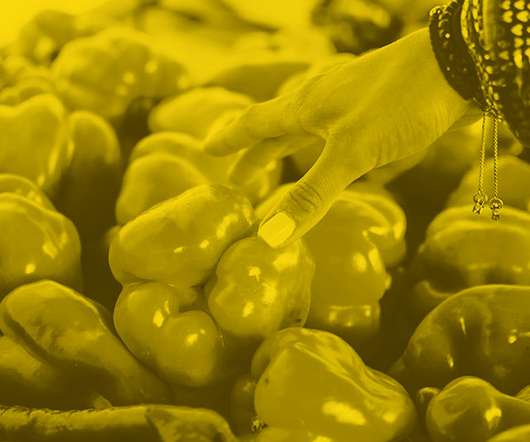
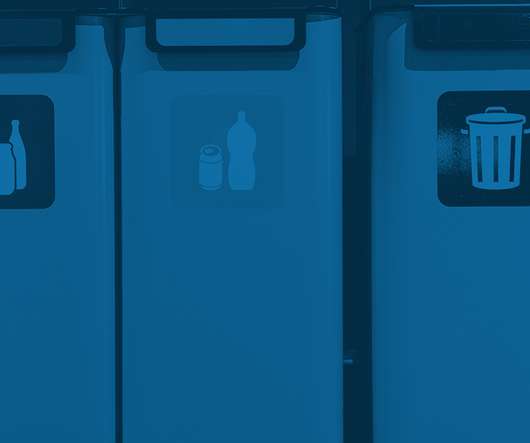
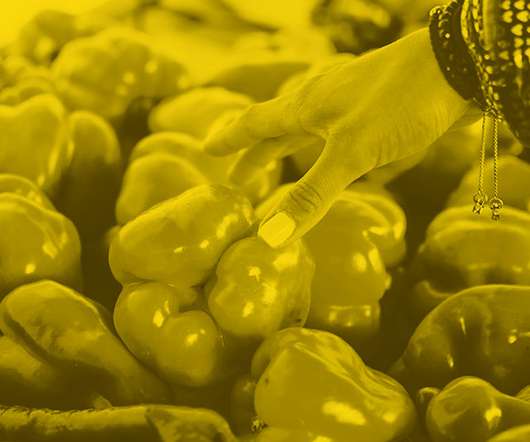



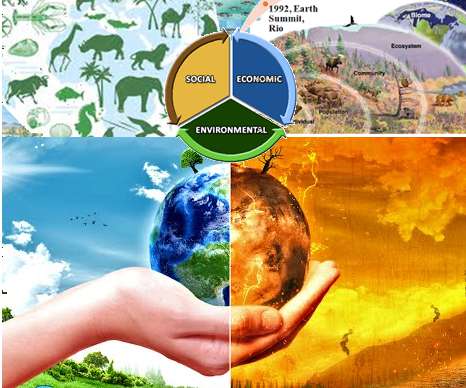








Let's personalize your content